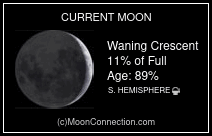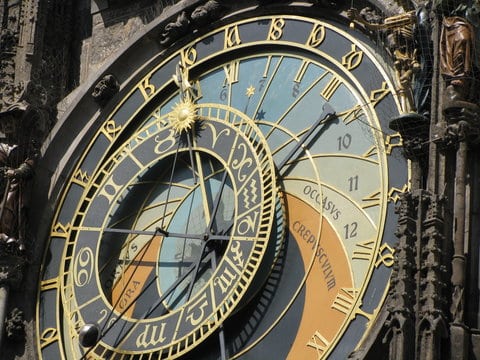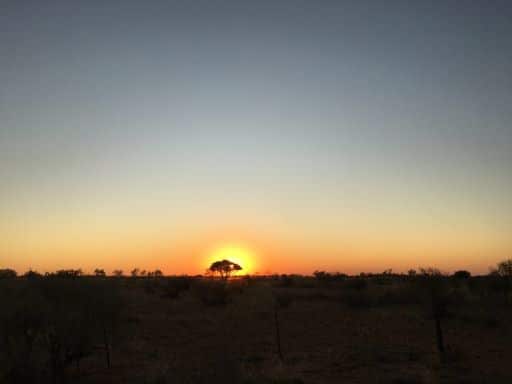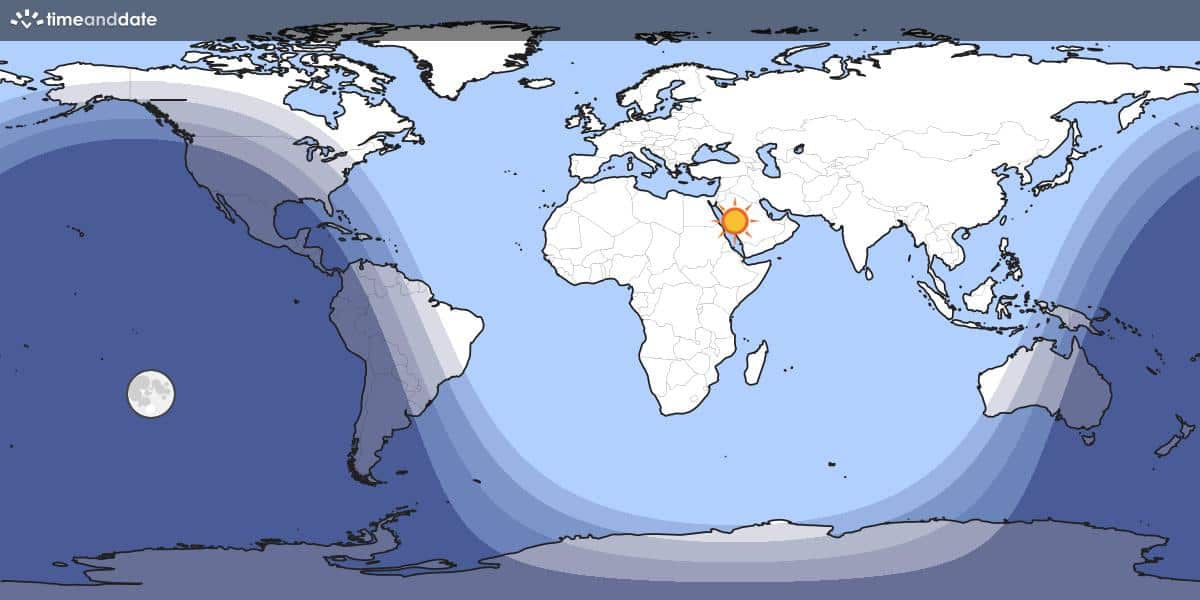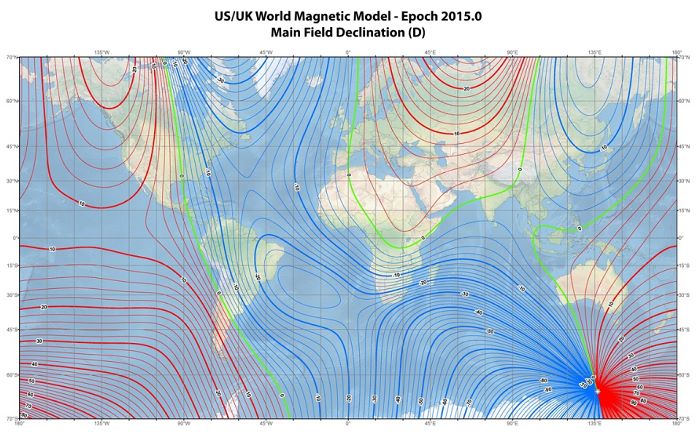Northeast – Chart 3
Steve Gottlieb’s Observations
NGC 2166 = ESO 057-064 = S-L 811
05 59 34 -67 56 30; Dor
V = 12.9; Size 1.2‘
30″ (10/13/15 – OzSky): at 394x; very bright, fairly small, round, 24″ diameter, high surface brightness. Contains a relatively large bright core and smooth halo. A mag 12.5 star is off the northeast side [42″ from center]. Located 6′ S of mag 9.3 HD 41443. NGC 2177 lies 16′ NE.
Notes: James Dunlop discovered NGC 2166 = D 223 = D 222? = h3012 on 27 Sep 1826. He described D223 as “a pretty bright and well defined nebula, round, 20″ or 25″ diameter.” and his position is just 1.6′ too far north. D 222 may be another observation with description “small round nebula preceding a small star.” with position 9′ to the west.
John Herschel observed NGC 2166 on 2 Jan 1837 (sweep 760). He recorded “F, S, R, gradually brighter in the middle, 15″.” and credited “D 223?” as a possible earlier discovery.
NGC 2177 = ESO 057-066 = S-L 816
06 01 17 -67 44 00; Dor
V = 12.8; Size 1.2′
14″ (4/3/16 – Coonabarabran, 178x): moderately bright, fairly small, round, 30″ diameter, fairly even surface brightness, no resolution. Located 8′ NNW of mag 9.3 HD 41802 and 11′ NE of mag 9.4 HD 41443. Three additional mag 10 stars are in the field to the north and east. NGC 2166 lies 16′ SW.
Notes: John Herschel discovered NGC 2177 = h3020 on 13 Dec 1835 and recorded “F; R; little brighter middle; 15″.” On a second sweep he noted “pF; irregularly round; resolvable.” His mean position matches this cluster.
NGC 2176 = ESO 086-050 = S-L 815
06 01 19 -66 51 12; Dor
Size 1.3′
14″ (4/3/16 – Coonabarabran, 178x): fairly faint, roundish, 30″ diameter, low surface brightness, no resolution although a mag 14 star is just off the east side. The compact cluster S-L 824 is 8′ SE and large S-L 800 is 23′ SW.
Notes: John Herschel discovered NGC 2176 = h3017 on 3 Jan 1837 and recorded as “eeF; R; pL; gradually brighter in the middle; 2′.” His position from a single sweep matches this cluster.
S-L 822 = KMHK 1598 = LW 364
06 02 06.8 -68 20 09; Dor
Size 1.0′
30″ (10/13/15 – OzSky): at 394x; fairly faint to moderately bright, small round glow. A mag 13.5 star is involved at the north edge. Located 20′ NE of NGC 2164 and 22′ ESE of NGC 2160.
Notes: Shapley-Lindsay: 50″ diameter, “Fairly faint, oval, mostly unresolved”
NGC 2181 = ESO 086-054 = S-L 825
06 02 43.2 -65 15 52; Dor
V = 13.6; Size 1.6′
13.1″ (2/18/04 – Costa Rica): extremely faint, fairly small, irregular, ~1′ diameter, very low surface brightness. This LMC cluster is located 2.8′ WSW of a mag 10 star. NGC 2193 lies 21′ NE.
Notes: John Herschel discovered NGC 2181 = h3021 on 30 Nov 1834 and recorded “vF; S; R.” His position from this single sweep is just 1′ too far east.
HJ 3838
06 05 25.3 -64 59 55; Dor
V = 11.5/11.7; Size 10.5″
13.1″ (2/18/04 – Costa Rica): easy 10″ pair of well balanced 11th magnitude stars. NGC 2193 is located 8′ SE.
Notes: Spectral class: F7V (yellow-white). Not a physical pair.
NGC 2197 = ESO 086-58 = S-L 838
06 06 09 -67 05 54; Dor
V = 13.4; Size 1.7′
14″ (4/3/16 – Coonabarabran, 178x): fairly faint, round, 35″ diameter, even surface brightness, a mag 15 star is resolved at the north edge and one or two others occasionally pop. The galaxy ESO 86-59 is 3.8′ SE (= HS 452 in Hodge-Wright Atlas), but was not noticed. NGC 2197 is situated 12′ NNW of mag 6.7 HD 42701
Notes: John Herschel discovered NGC 2197 = h3028 on 31 Jan 1835 and noted “vF; R; 40″.” His mean position from two sweeps matches this LMC cluster.
NGC 2193 = ESO 086-057 = S-L 839
06 06 17.5 -65 05 54; Dor
V = 13.4; Size 1.9′
13.1″ (2/18/04 – Costa Rica): very faint, fairly small, round, ~1′ diameter, low surface brightness. NGC 2181 lies 24′ SW. This LMC intermediate-age cluster is the most elliptical of any known with an eccentricity = 0.33. NGC 2193 is located 8′ SE of HJ 3838, a mag 10.5/10.5 pair at 10″.
Notes: John Herschel discovered NGC 2193 = h3026 on 3 Dec 1834 and recorded “F; irregular figure; gradually little brighter middle; has 2 or 3 stars in it.” His position from this single sweep is just 30″ NNW of center.
NGC 2214 = ESO 057-074 = S-L 860
06 12 57 -68 15 36; Dor
V = 10.9; Size 2.6′
18″ (4/3/16 – Coonabarabran, 236x): this young massive LMC cluster appeared very bright, fairly large, noticeably elongated E-W, ~1.6’x1.1′. About a half-dozen stars were resolved around the edges and within the main glow. Well concentrated with a bright central region and a slightly mottled halo.
Notes: James Dunlop discovered NGC 2214 = h3039 = D 201 in 1826. He described “a round well-defined small nebula, 20″ diameter, bright at the centre.” Dunlop made two observations and his published position is 2′ SW of center (unusually accurate).
John Herschel made two observations, first on 30 Jan 1835 (sweep 538) when he recorded “B; S; R; or lE; resolved into stars 14…16m; 50″.” On 13 Dec 1835 (sweep 653) he logged it as “B; irreg R; or lE; gradually brighter in the middle; 80″; resolvable.”
Pietro Baracchi sketched the cluster on 4 Jan 1886 and described it as “B; S; lE; Elliptical, even in density, mottled, resolvable. It seems a double nebula or at the least there is some dark division about the middle of the object.” On his diagram the object is elongated SSW-NNE and consists of two tangent clumps with a mag 15 star attached at the northeast end and another mag 15 star close south of the east end.
NGC 2231 = ESO 087-6 = S-L 884
06 20 43 -67 31 06; Dor
V = 12.7; Size 2.0′
14″ (4/3/16 – Coonabarabran, 178x): this LMC globular appeared fairly faint, moderately large, round, ~45″ diameter, fairly low but irregular surface brightness, increases in size with averted, no resolution. A number of brighter stars in the field including HJ 3862, a mag 9.5/11.5 pair at 8″, which lies 5′ SE. In addition, a mag 10 star is 6′ NNE and two other mag 11 stars are within 4′ N. Several more mag 12 stars (some closer) are in the field. S-L 885 lies 3.7′ NE.
Notes: John Herschel discovered NGC 2231 = h3050 on 23 Dec 1834 and recorded “F, pL, R, gradually very little brighter middle, precedes a double star [h3862].” On a second sweep he called it “F, L, R, 50″, among 10 or 12 stars 10th and 11th mag.” His position (measured on 3 sweeps) is good.
HJ 3862
06 21 14.5 -67 34 59; Dor
V = 9.4/11.6; Size 8″
14″ (4/3/16 – Coonabarabran, 178x): A number of brighter stars are the field of NGC 2231 including HJ 3862, a mag 9.5/11.5 pair at 8″, which lies 5′ SE.
Notes: Spectral type: F6/7IV: (yellow-white). Not a physical pair.
NGC 2228 = ESO 087-007 = PGC 18862
06 21 15.6 -64 27 33; Dor
V = 13.6; Size 0.8’x0.7′; Surf Br = 12.7
25″ (10/16/17 – OzSky): at 244x; fairly faint, fairly small, round, 30″-36″ diameter, very small bright core. At 397x the core seemed elongated ~E-W, but this was due to a mag 15.6 star that occasionally resolved at its east edge. Located 11.6′ NW of mag 8.2 HD 45462 (a wide 1.5′ pair with a mag 9.9 star) in the NE outer halo of the LMC. NGC 2257, one of the 15 bona-fide ancient GCs in the LMC is 1° ENE.
NGC 2228 is a member of ACO S585 = AGC 3389, which includes NGC 2229, 2230 and 2235, but is situated ~30′ N of the core of the cluster.
Notes: John Herschel discovered NGC 2228 = h3047 on 31 Jan 1835 and noted “F; R; gradually little brighter middle; 20″.” His position (single sweep) matches ESO 087-007 = PGC 18862.
NGC 2241 = ESO 057-79 = S-L 888
06 22 53 -68 55 30; Dor
V = 13.2; Size 1.3′
14″ (4/3/16 – Coonabarabran, 178x): fairly faint or moderately bright LMC cluster, round, 30″-40″ diameter, smooth surface brightness, no resolution. A mag 11.9 star is 2.4′ SW and a mag 11 star is 2′ S. The cluster forms the northern vertex of a rough right triangle with the two bright field stars. NGC 2249, a brighter cluster, lies 16′ E.
Notes: John Herschel discovered NGC 2241 = h3054 on 31 Jan 1835 and recorded “F; pL; R; 30″.” His position (measured on 3 sweeps) matches this LMC cluster.
NGC 2249 = ESO 057-082 = S-L 893
06 25 50.0 -68 55 13; Dor
V = 12.2; Size 1.7‘
14″ (4/3/16 – Coonabarabran, 178x): fairly bright, intermediate age LMC cluster, relatively large, 1.0′ diameter, round, gradually increases to the center, no resolution. An unequal mag 11/13 pair at ~10″ separation lies 3.7′ WNW and mag 8.9 HD 45987 is 9′ NW. NGC 2241, a fainter and smaller cluster, lies 16′ W.
Notes: John Herschel discovered NGC 2249 = h3055 on 23 Dec 1834 and recorded “F; R; very gradually little brighter middle.” On a later sweep he logged “pB; R; gradually brighter in the middle; 50″; has a double star preceding.” His position is accurate.
On 3 Jan 1886, Pietro Baracchi described the cluster with the 48″ Melbourne telescope as “B; S; R; gradually brighter in the middle; mottled as if resolvable; soft edged. A star 10 mag precedes nebula by 40s and is 30″ north. Diameter of nebula 50″ approximately.” This object is classified as a globular cluster in SIMBAD.
NGC 2257 = ESO 087-024 = S-L 895
06 30 12.5 -64 19 37; Dor
V = 12.6; Size 4′
13.1″ (2/18/04 – Costa Rica): fairly faint, fairly large, round, 1.5′-2′ diameter, broad weak concentration, no resolution. An elongated group of a half-dozen mag 10-11 stars oriented NW-SE passes just north of the cluster.
NGC 2257 is one of 15 bona-fide ancient GC’s (10 billion years old) in the LMC. It is situated at the NE periphery of the galaxy, 8.4° from center.
Notes: John Herschel discovered NGC 2257 = h3057 on 30 Nov 1834 and recorded as “F; vL; R; gradually very little brighter middle; 3′.” On his third sweep he logged “pB; L; R; very gradually brighter middle; resolvable; diam in RA = 17s of time.” His position is accurate.
Gascoigne and Lynga described NGC 2257 as the “easternmost object to which membership of the Clouds may certainly be assigned”.



